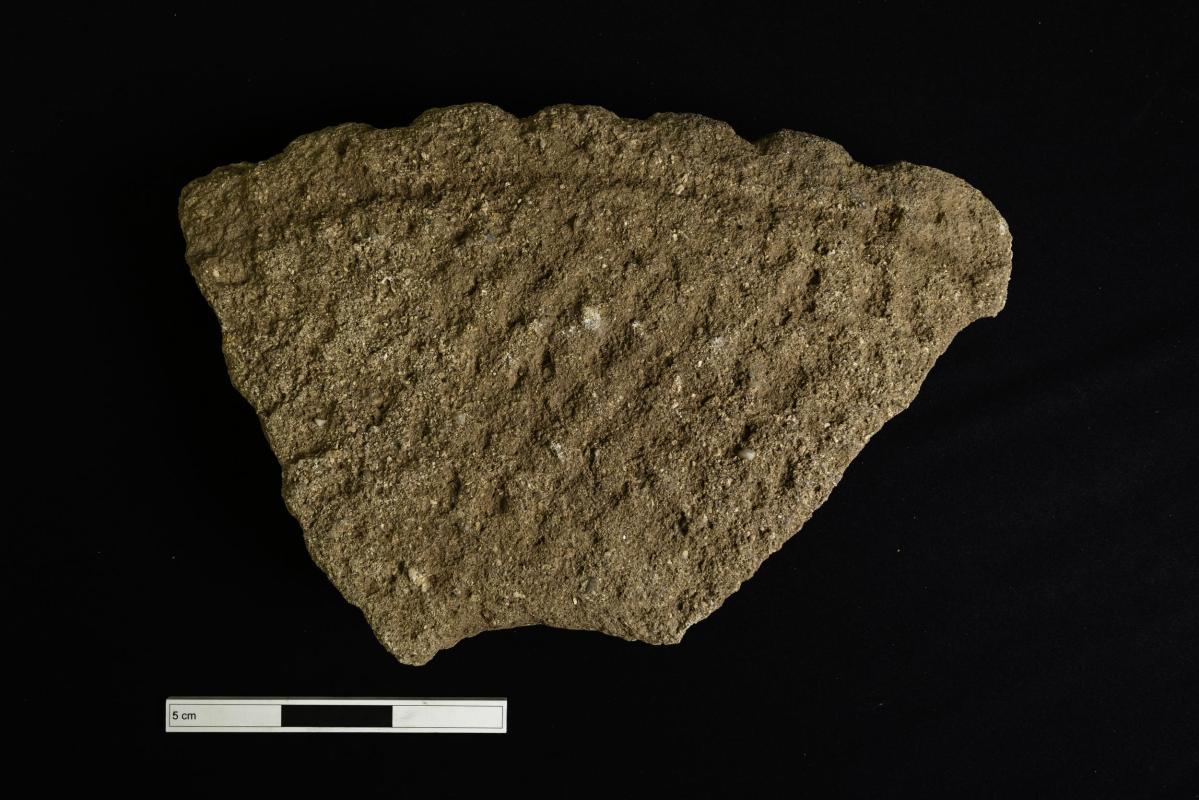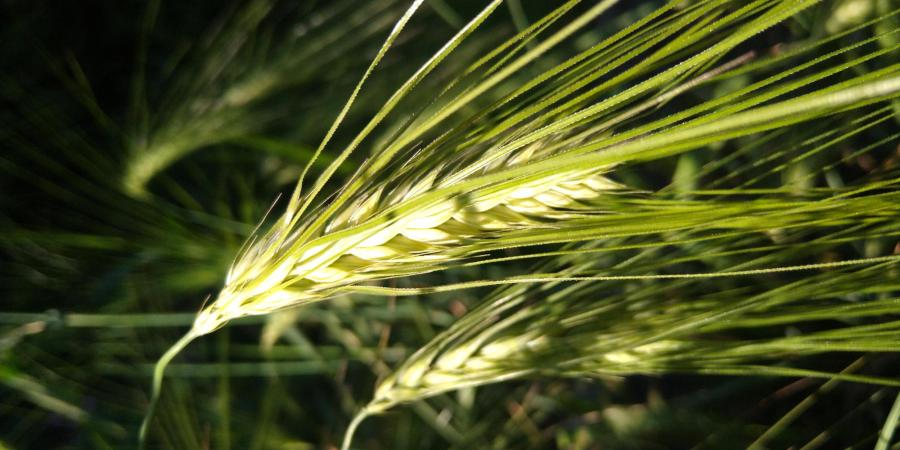The Environmental history of bread
In celebration of Real Bread Week, one of our Environmental Archaeologists, Dr. Ed Treasure, gives us an intriguing insight into the use of grains in bread making from the prehistoric through to the present day.
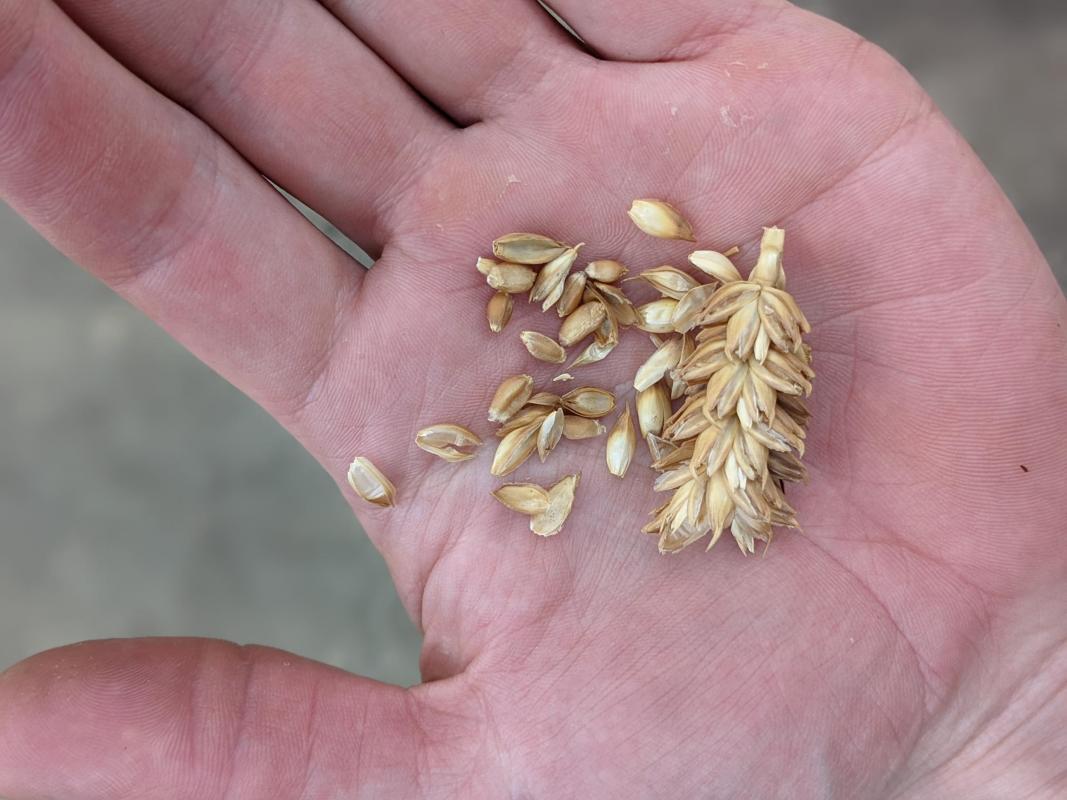
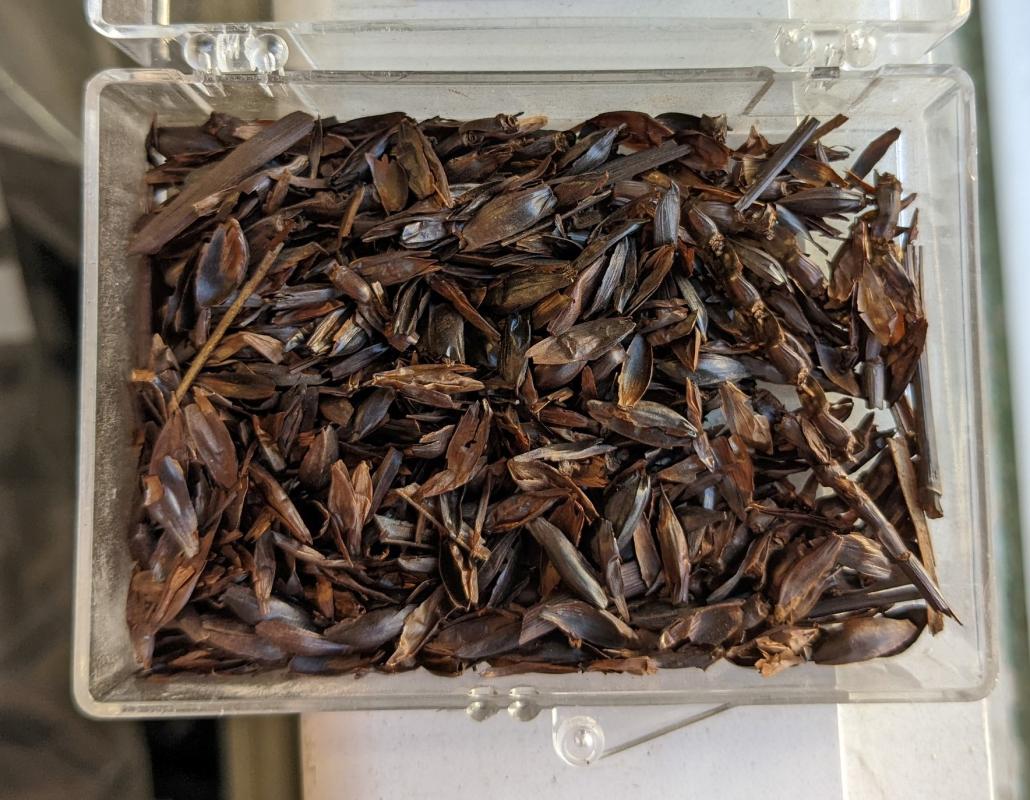
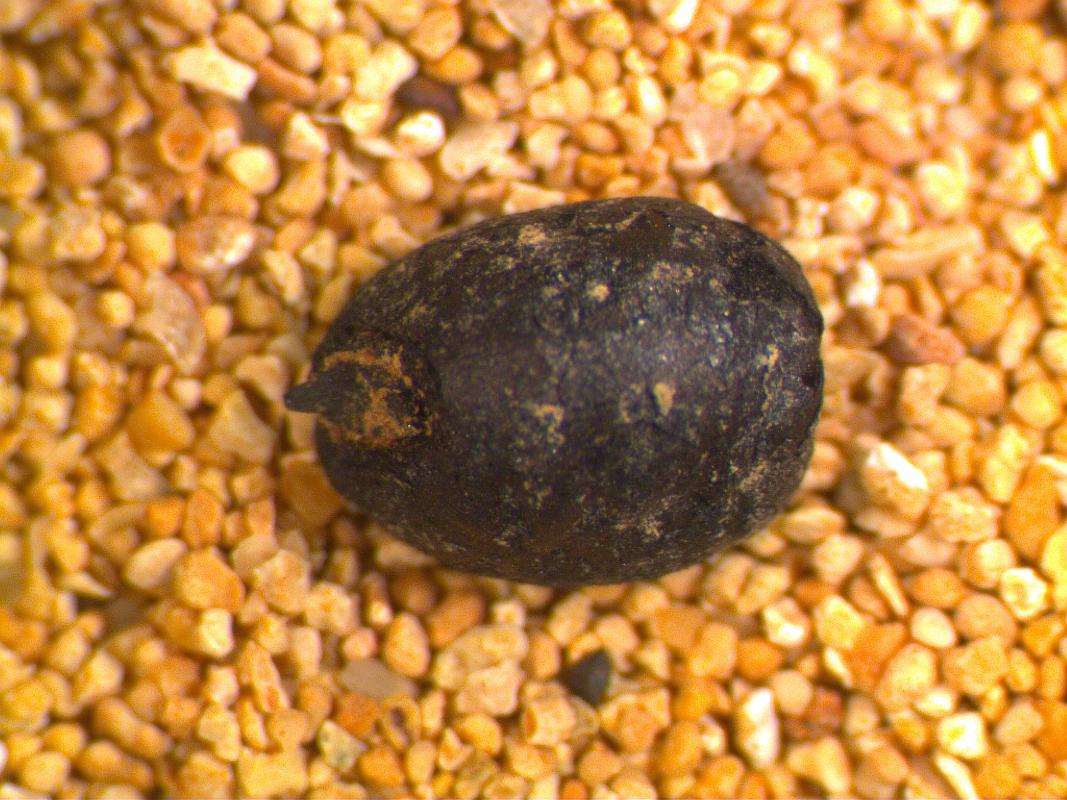
Bread is amongst the most important foodstuffs in the world and has been for several thousand years. Globally, most bread is produced from a wheat somewhat unsurprisingly called ‘bread wheat’ (Triticum aestivum); this wheat is favoured for its high gluten content which gives bread the springy rise which we all love. However, past agricultural practices were characterised by their diversity; a whole suite of crops were cultivated, some suited to bread production – others less so.
Information on the origins of bread has largely been provided through archaeobotany – study of plant remains from archaeological sites – although valuable information has been gained from other historical evidence such as pottery styles, textual sources, and studies of traditional farming societies.
The first 'bread'
The ‘earliest’ identified bread has been recovered from present-day Jordan and is over 15,000 years old; this predates the emergence of agriculture and domesticated cereal crops.
This bread was made from a wild ancestor of domesticated cereals, possibly wild einkorn (Triticum boeoticum), together with the tubers of a plant called club-rush to produce something akin to a flat bread which was baked in the hearth ashes.
With the emergence of agriculture and domesticated crops from the 11th-10th millennium BC across the ‘Fertile Crescent’ – an area covering Iraq, Syria, Lebanon, Palestine, Israel, Jordan, and Northern Egypt – cereals and pulses became part of established diets. There have been numerous finds of bread-like foods across this area.
Bread production appears to have been closely linked with cultural traditions of cooking, some of which are still very evident in modern diets. For example, in East Asian cuisines there is an emphasis on boiling or steaming cereals such as rice and millets, whereas across the Mediterranean and Europe emphasis is placed on baking cereals in ovens to produce breads.
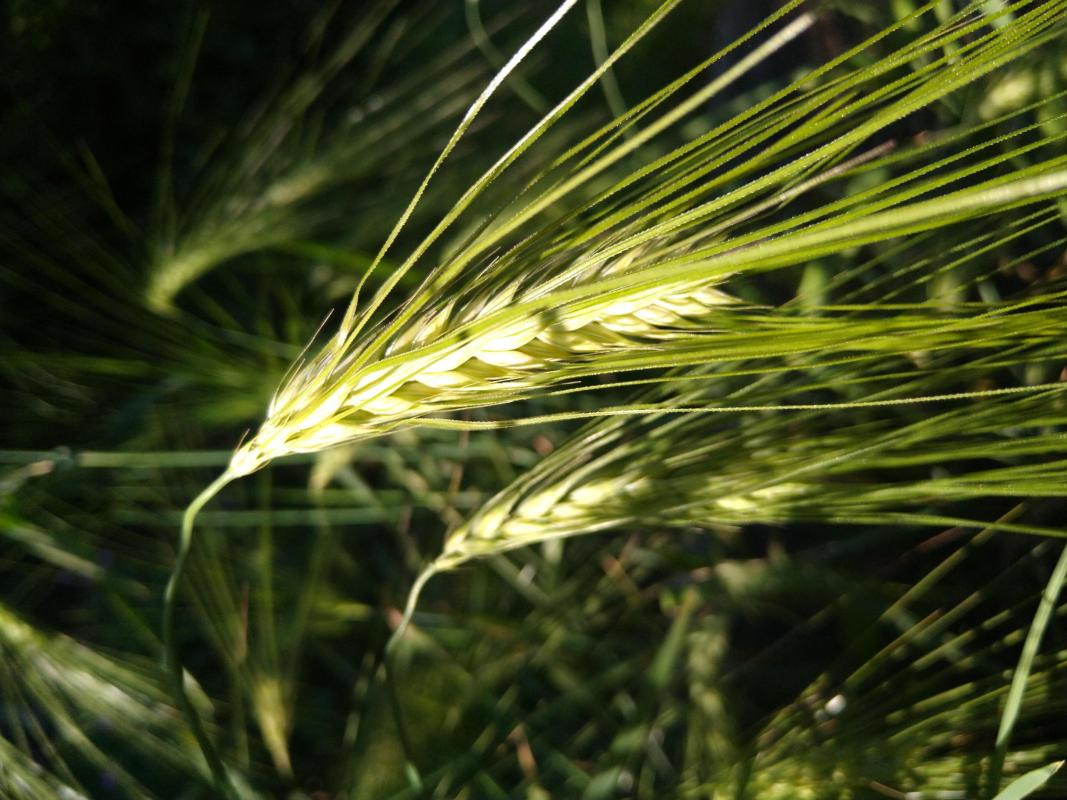
Modern 6 row hulled barley 'Bere'
Early agriculture
One of the best studied early agricultural Stone Age settlements is the Neolithic site at Çatalhöyük in southern-central Turkey. This sprawling site extends over several hectares and was occupied between the 8th-7th millennium BC.
By analysing charred remains of cereals and pulses burnt in domestic hearths, or sometimes in catastrophic fires, we know that the main crops cultivated included barleys (Hordeum vulgare) and different wheat species – bread wheat (Triticum aestivum), emmer wheat (Triticum dicoccum), einkorn (Triticum monoccum), and the enigmatically named ‘new glume wheat’ from another species.
Amongst these charred cereal remains, were numerous small burnt ‘food lumps’ which resembled porridge-like or bread-like products; the modern equivalent of this is forgetting about sliced bread in a toaster (although no amount of scraping with a knife would save this bread).
Various flours and coarsely-ground grains were produced from these crops, although ‘bread’ itself may not have been the most important end product.
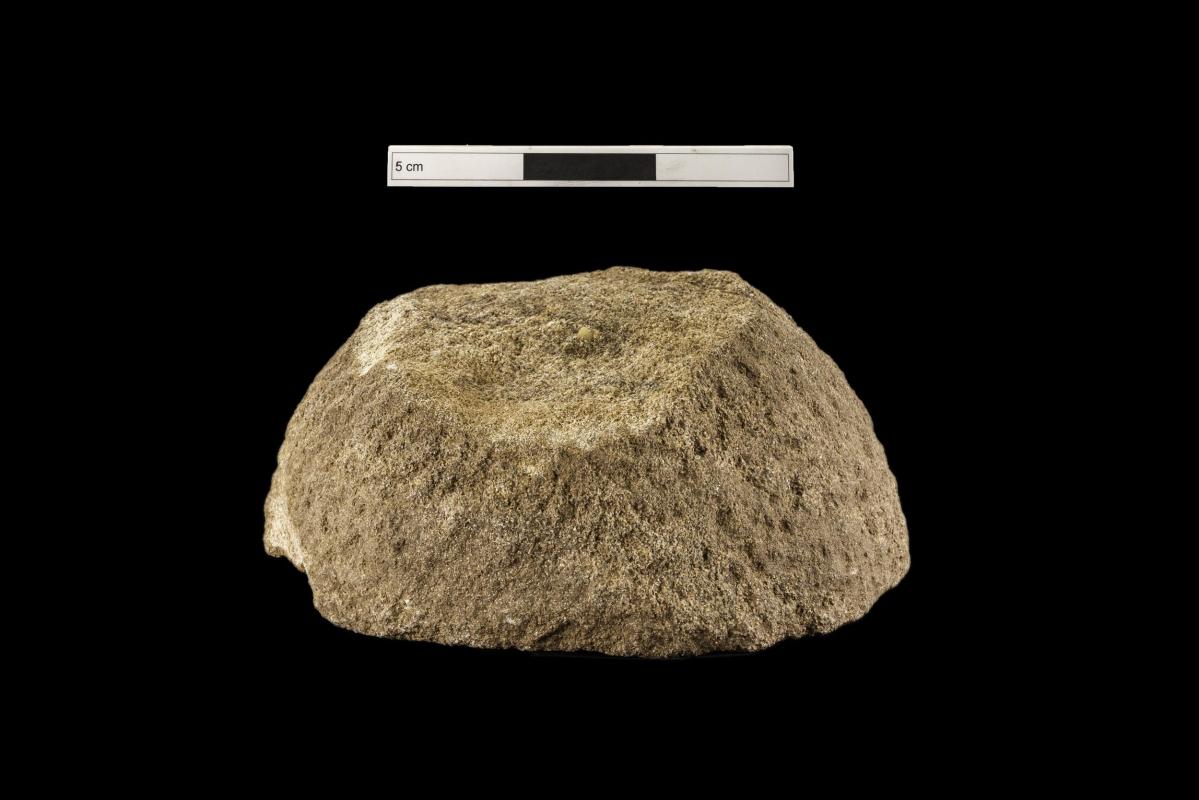
What else did humans make with cereal crops?
Aside from bread, there are a whole host of different cereal-based foods. These range from bulgur and groats (coarsely ground grain) which were likely mixed with surplus dairy products (e.g., buttermilk, yoghurt), to more liquid-foods such as ale. For example, emmer wheat is not particularly well-suited to producing leavened bread unless mixed with other flours, although the grains have excellent taste in products such as bulgur; this is produced from boiling whole grains, drying them, and coarsely grinding them, typically in warmer climates.
Similar coarsely ground cereal products would have been produced in many areas from a range of different cereal species. Early quernstones (grinding stones) called saddle querns - consisting of a concave depression and rubbing stone – are not particularly well-suited for producing fine flours required for bread.
Ethnographic studies record crushed grain mixed with fermented dairy products as important components of diets until recently in areas such as the Northern and Western Isles of Scotland. Similar foodstuffs are widely documented across the Mediterranean.
A sadly missed, and famous archaeobotanist called Gordon Hillman studied traditional farming practices in Turkey and highlighted non-bread products made from cereals. Some of the most important consisted of boiled, coarsely ground cereal grains (similar to bulgur), although they had rather purgative properties on British students unused to them, so perhaps they were not to everyone’s taste.
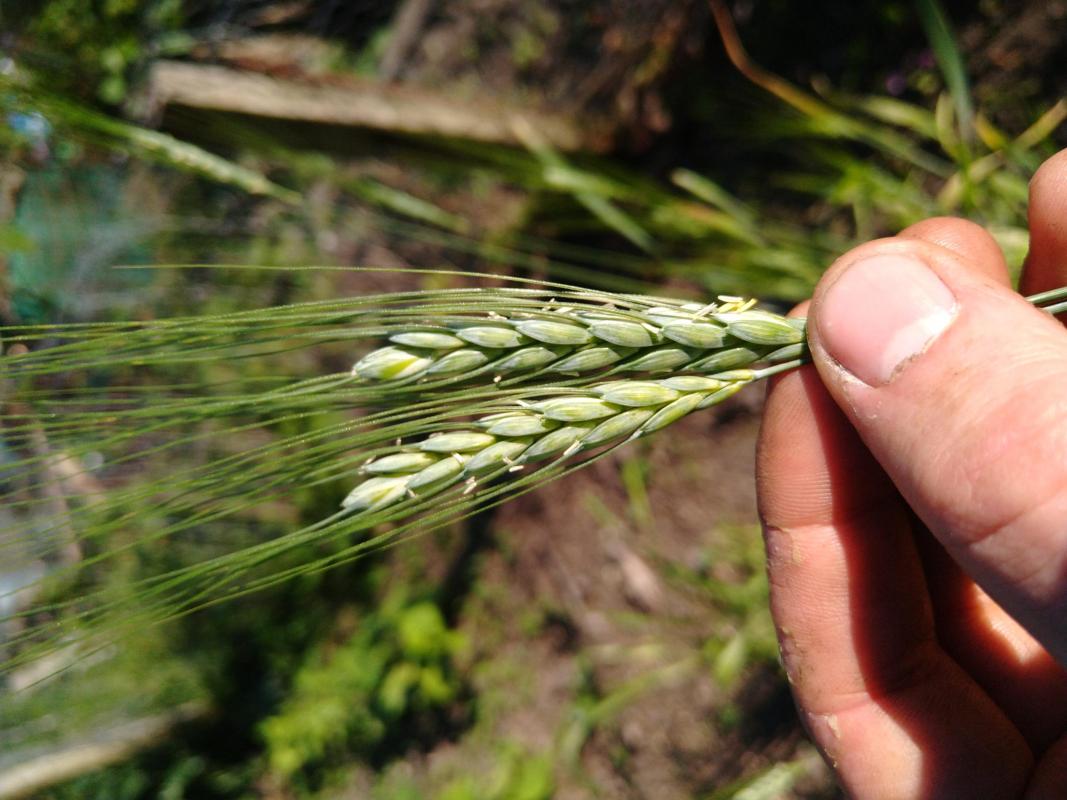
Modern emmer wheat
Stone Age to Medieval bread
In later periods, there is compelling evidence for bread production across the Mediterranean and Europe between the Neolithic and medieval periods. We must keep an open mind when examining past breads, since they would have been very different to the types of bread we see today (i.e., not your sliced white loaf).
Very coarse and unleavened flat breads made of wheat and barley flour alongside coarsely ground grains have been recovered from Neolithic lake villages in Switzerland, with some of these resembling a misshapen bagel. Grains are likely to have been ground on small saddle querns.
In comparison, extensive evidence exists for bread production in Egypt (c.2000-1000 BCE), where they were made from emmer wheat and had quite a dense crumb, although some lighter loaves were probably leavened with yeast and fermented; this could have been achieved with a sourdough starter which makes use of natural yeast. Baking was undertaken directly on hearth ashes, within ceramic vessels on hearths, or in ovens.
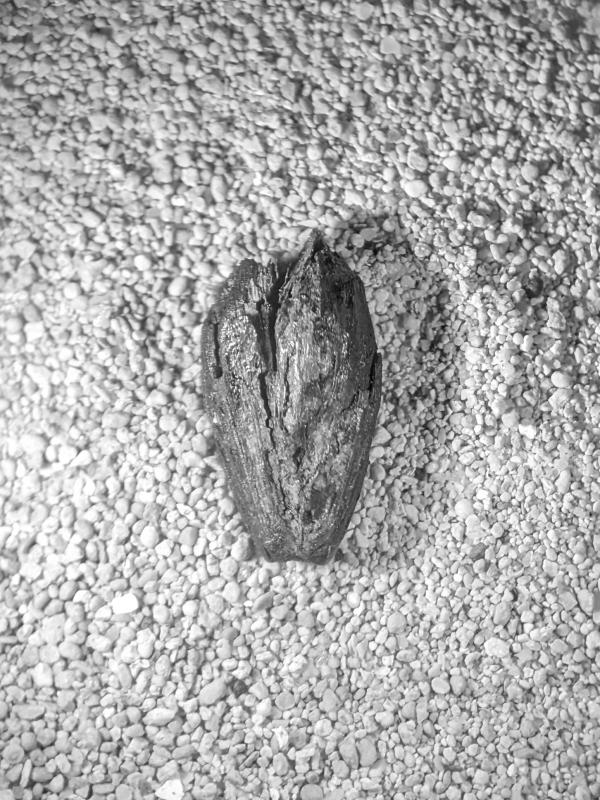
Roman spelt wheat spikelet from Somerset
In Ancient Greece and Rome, textual sources hint at the origins of white bread which we are perhaps too familiar with today. This was bread for the wealthier classes, and it came in various forms; some were enriched with butter, milk, and flavourings (e.g., poppy seeds).
Emmer wheat appears to have been one of the main cereals used to produce flat or partly leavened breads, although this could have been mixed with bread wheat flour for a lighter loaf. There are well-known finds of whole loaves from Pompeii, as well as tantalising finds of circular flat breads from Roman sites in France which were made from barley and emmer wheat/einkorn.
Bread baking was undertaken by specialists in urban areas such as Pompeii using large ovens, whereas rural communities may have shared communal ovens or used smaller domestic ones. Bread produced in rural communities was more rustic and coarser, being produced from mixtures of wheat and barley; some of these breads had strong flavours and required moistening to make them more palatable.
Certainly, by this period (and earlier in some places), flour production increased in scale and was undertaken in both urban and rural mills, although smaller saddle querns and rotary querns are still found in some areas. Aside from emmer wheat, a range of cereals were available to produce flours around this period and in some areas of the Roman Empire, cereals were used in combination. In central and northern Europe, spelt wheat (Triticum spelta) was one of the most important cereal crops cultivated from the Bronze Age until the end of the Roman period. Spelt wheat remained an important crop in many areas of northern Europe well into the 20th century, and it is still cultivated on a smaller-scale to produce a range of foodstuffs. It is possible to produce a decent loaf using spelt wheat flour, and it is closely related to bread wheat.
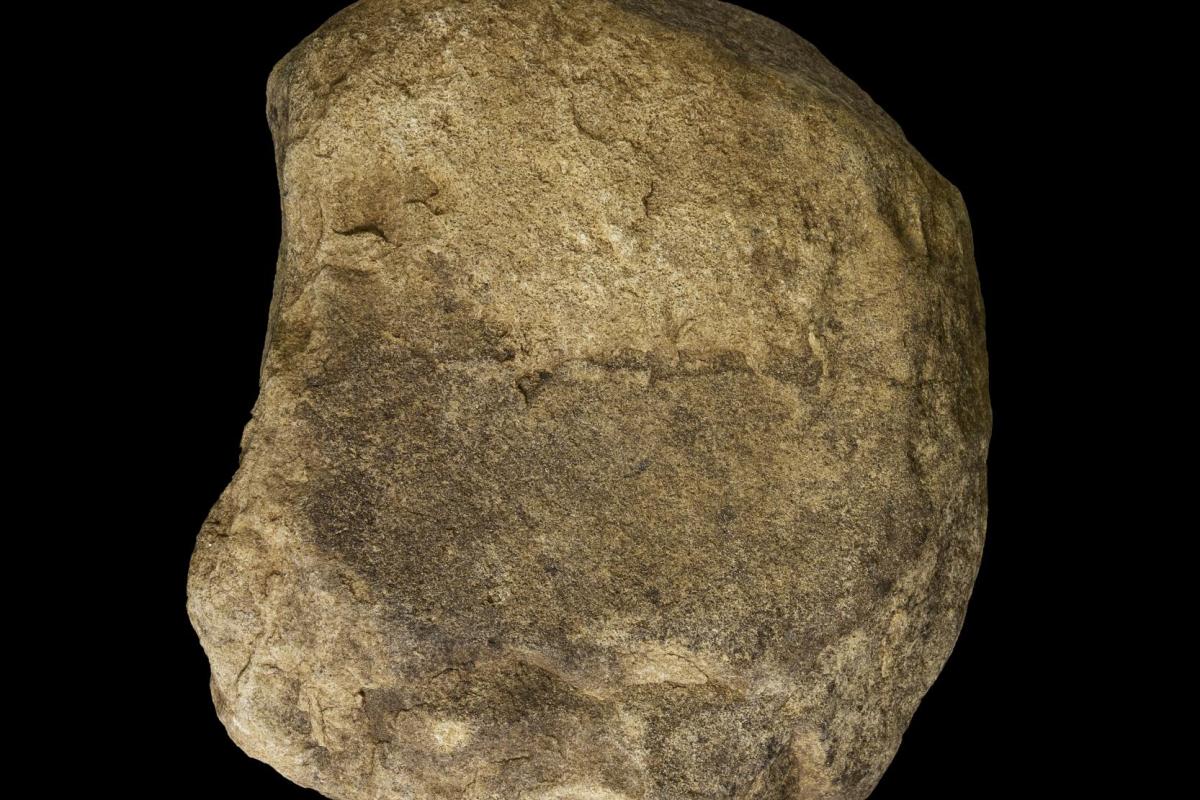
By the medieval period, textual sources and archaeological evidence tell us that cereals formed the basis of diets; consumed either as beer, pottage (a kind of soup/stew), or bread.
In Britain, and across much of central and northern Europe, there was a major shift in the crop-spectrum after the Roman period, with crops such as spelt wheat being replaced by bread wheat, barley, rivet wheat (Triticum turgidum), rye (Secale cereale), and oats (Avena sativa). These cereals were used to produce bread, although different culinary preferences influenced the bread produced across Europe. Bread wheat is the only cereal species which will produce a genuinely white loaf, although this practice was wasteful and costly.
Light and white loaves were consumed by wealthier classes and were produced from bread wheat; brown loaves could be created from mixtures of bread wheat and barley; darker loaves were produced from rye and often mixed with other cereals; the cheapest loaves may well have been a mixture of various cereals, including oats, and even pulse flours from peas and beans. Bread flavours could have been modified by roasting grains in ovens. Flour was produced in mills over which seigneurial lords held a monopoly.
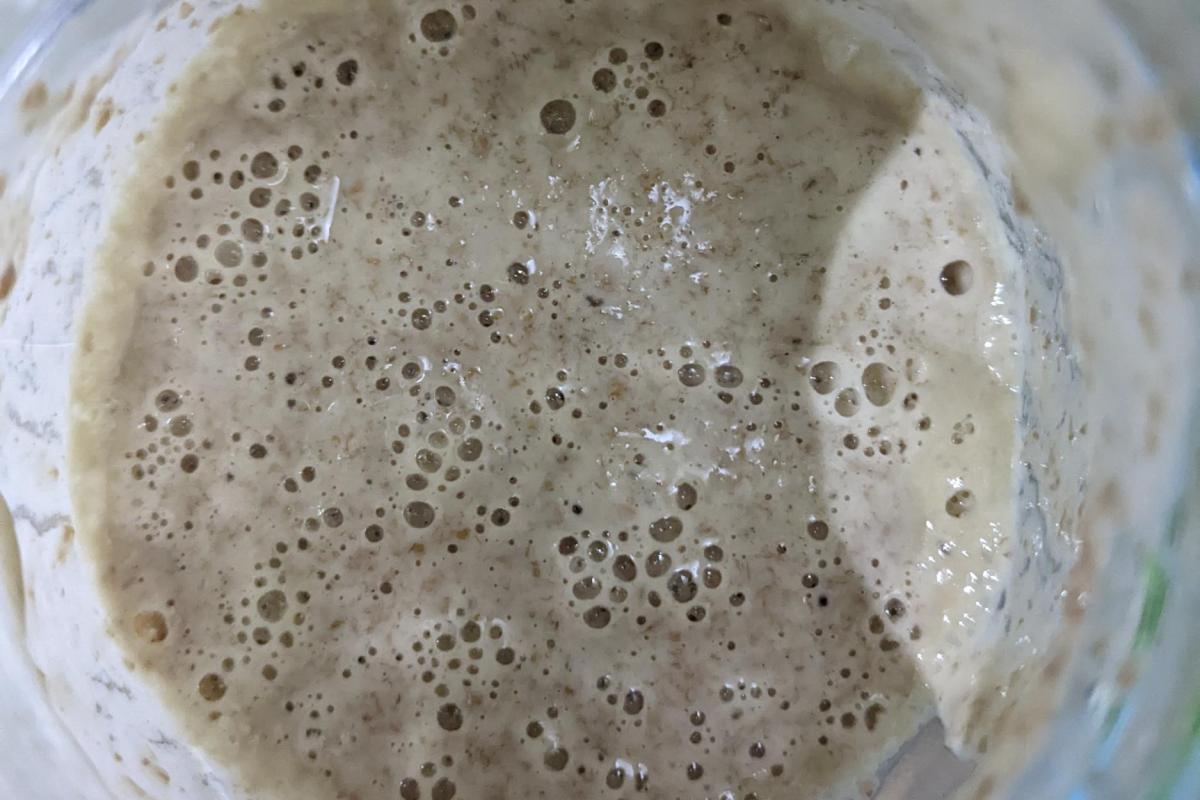
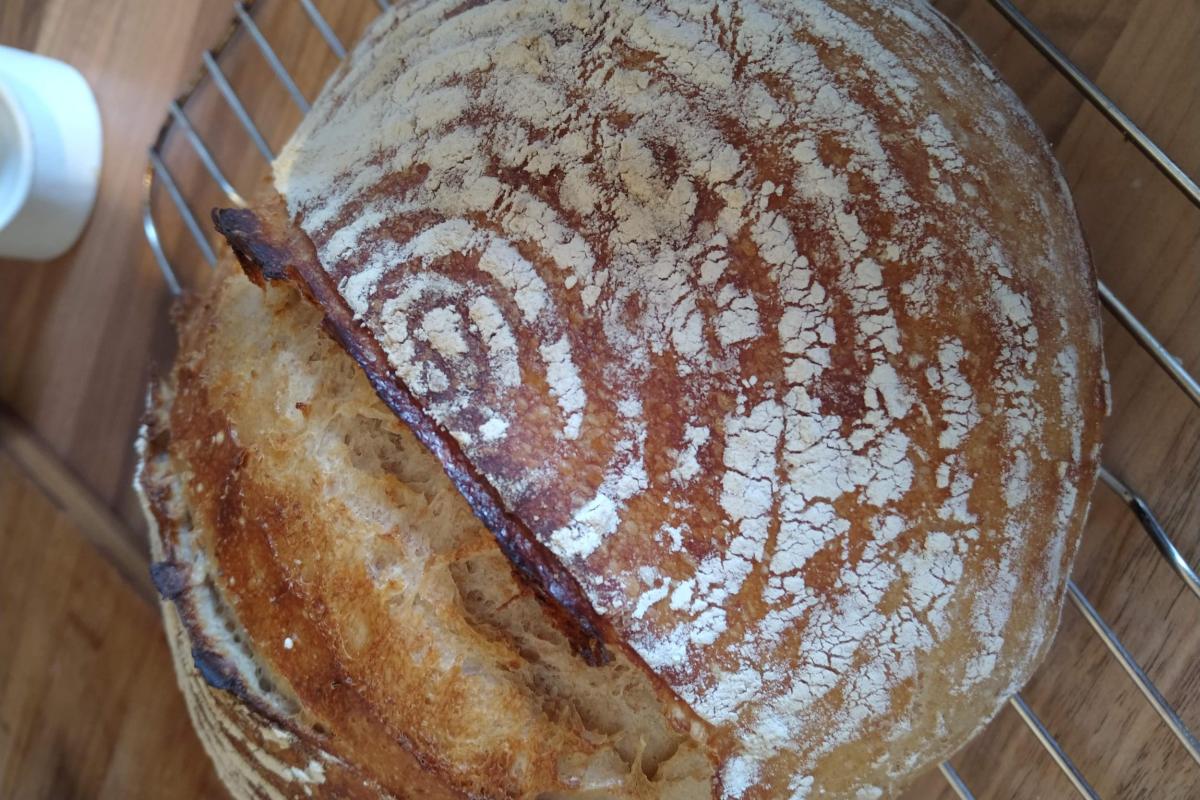
Bread and spelt wheat sourdough loaf
The recent return to artisanal methods
Recent years have seen a resurgence in ‘real bread’ (or artisanal bread) which incorporates more traditional baking practices. This is seen in the ubiquitous presence of sourdough, which takes time and expertise to produce; I’m sure many of us are well to aware of this from baking experiments during lockdowns. Similarly, there are now many different types of flour available to buy once again – to name a few these include emmer wheat and spelt wheat, as well as others produced from more traditional varieties of bread wheat.
Modern cereal crops are, however, a shadow of their former diversity. Standing in a medieval field, you would have seen stands of bread wheat of varying height, mixed crops of barley and oats (so-called dredge), or even mixtures of wheat, rye, barley, and oats. These fields would have been a riot of colour from arable weeds - from the blues of field gromwell to the yellows and whites of mayweeds, reds of poppies, and the pinks of corncockle. Many of these weeds worked their way into breads as contaminants.
Much of the genetic diversity associated with past crops has sadly been lost – no doubt to the detriment of current agrobiodiversity – although some of this is now beginning to be revived.
Acknowledgements
Some of the information used in this article is based on the excellent research of others, including Lara Gonzalez Carretero, Amaia Arranz-Otaegui, Amy Bogaard, Andreas G. Heiss, Gordon Hillman, and many others.
